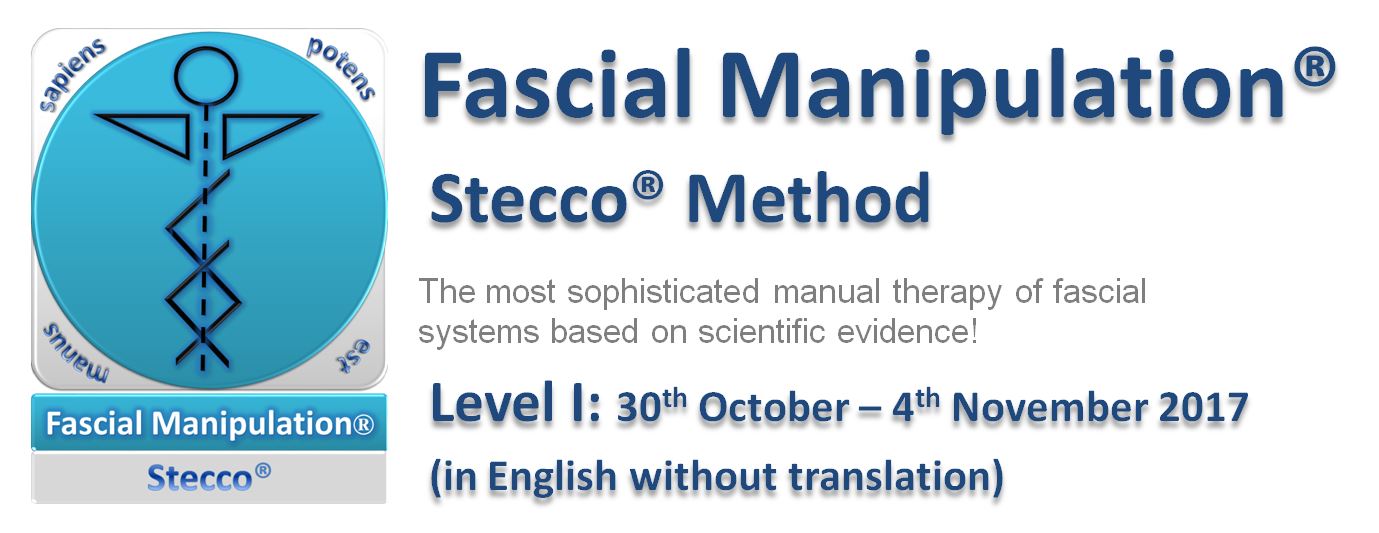
Actually the most sophisticated fascial tissues manual therapy approach. It allows you to treat soft tissues alterations that concern not only function. That´s why this method achieves excellent results in chronic soft tissues changes where other physical therapy methods usually fail. Fascial Manipulation®/ Stecco® will extend your therapeutic portfolio and will make you able to be helpful to a wider range of patients.
| Lecturer:: | Pietro Iogna Prat, PT, MSc., Lorenzo Copetti, PT |
|---|
| Date of event:: | 30th October - 4th November 2017 |
|---|
| Místo konání: | REHAEDUCA - Centrum vzdělávání ve fyzioterapii, V zářezu 902/4, Praha 5 - Jinonice, 158 00 (Navigovat) |
|---|
| Quantity: | 48 hours (6-day course) |
|---|
| Language: | English (incl. handouts and final exam in English) |
|---|
| Unify credits: | Pursuant to Act No. 201/2017 Coll., with effect from 1th September 2017, the credit system was abolished and UNIFY ČR's issuance of credits suspended. |
|---|
| Course output: | International certificate Fascial Manipulation®/ Stecco® Method (the price includes handouts - approx. 220 pages) |
|---|



